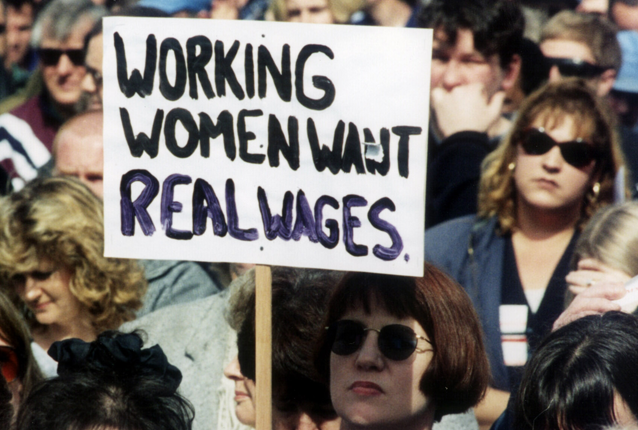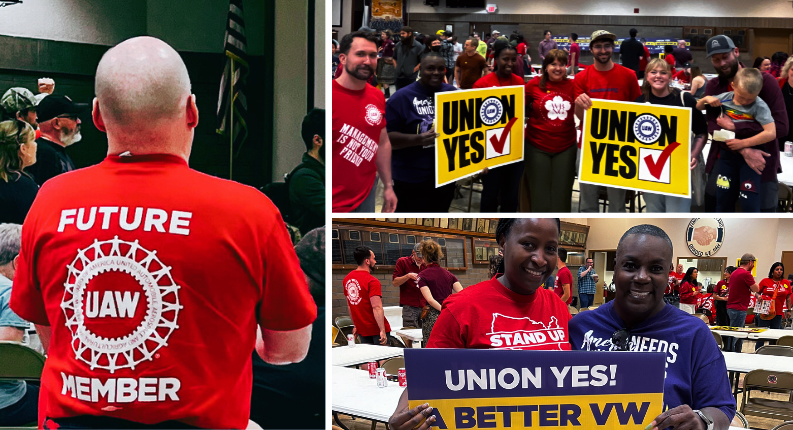A version of this post was originally posted on April 11, 2016 on the Women’s Media Center blog.
Today marks Equal Pay Day, the day that symbolizes “how far into the year women must work to earn what men earned in the previous year,” according to the National Committee on Pay Equity.
Today, women are paid, on average, 80 cents for every dollar their male counterparts are paid. That gap is even more pronounced for women of color, as Black and Latina women earn 70 and 60 cents, respectively, for every dollar paid to a white male.
This means women and their families are being wildly shortchanged over the course of their lifetime—costing the average woman between $700,000 and $2 million.
And let’s be clear: This phenomenon can’t be easily explained away. Women today make up more than half of the workforce and have higher levels of education than men. And as more and more women move into the career fields that have traditionally been male-dominated, we’re seeing even more discrepancies in pay.
Take Atisha Perdue, for example. Atisha is a passenger service agent for American Airlines and a single mom of three young kids living in North Carolina.
Over the past 50 years, ticket agent jobs shifted from being held primarily by men to women—and wages have dropped by 43 percent in that time. Simply because Atisha—and the majority of her coworkers—are women, employers have placed a lower value on the work she does every day. For Atisha, that meant living paycheck to paycheck, working overtime to sustain her family, and spending less time with her kids. “You have to do what you have to do,” Atisha said.
Something is wrong when millions of women like Atisha are working hard and can’t make ends meet. Women who work for a living ought to earn a living. And being there and providing for those you love isn’t negotiable.
Women cannot always count on their employer to give them equal pay for an equal day’s work. But we can close the gap if working women like Atisha are able to come together to negotiate the terms of their work.
The wage gap in union workplaces is half the size of the wage gap in non-union workplaces. That means women who have joined in union take home over $200 per week more than their non-union counterparts.
That means a real difference in the lives of people like Atisha and her three kids.
When Atisha and her coworkers came together for a fair return on their work—and won representation through a union—it changed her life.
“With the pay increase and benefits, it gives us the best of both worlds. It gives you hope that you can take care of your family. It was a struggle before, but now I’m able to spend more time with my family,” she said.
That’s real progress. And real proof that when women come together, we can move mountains.
We can rewrite the rules by putting real power in the hands of working women and giving them a say in their economic future through access to paid family and sick leave, a seat at the table with management, and equal pay for equal work.
We need a movement for women’s economic freedom.
I’ve seen the beginnings of that movement in women like Atisha, and it makes me believe that real change is possible. And it’s clear that other women believe it’s possible, too.
A recent study of nearly 25,000 working women found that the one issue that we’re most motivated about—no matter our age, our race, where we live, and what we do for a living—is equal pay for equal work.
Imagine what’s possible if the millions of women from all walks of life joined forces to demand a fair return on their work. By demanding a better future for ourselves, our daughters, nieces, and generations of working women to follow, we could make the wage gap history.




